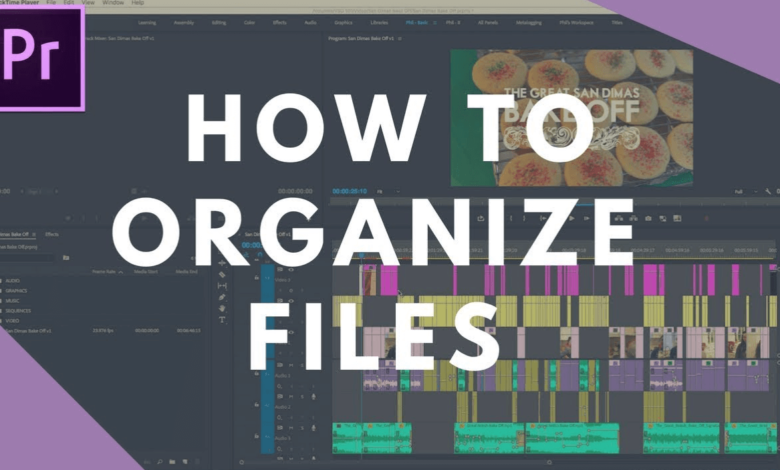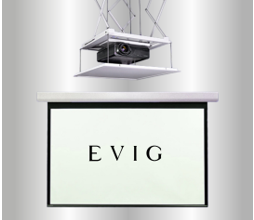How to Organize and Manage Your Files in Video Editing Software

In the realm of video editing, the organization and management of files can significantly impact the efficiency and creativity of the editing process. A well-structured folder system, coupled with consistent naming conventions, lays the groundwork for swift asset retrieval and seamless collaboration. Employing metadata and tags further enhances the searchability of content, yet many editors overlook these critical aspects. As we explore effective strategies for file organization, it becomes evident that these foundational practices not only streamline workflows but also foster an environment conducive to creative exploration. What key strategies might elevate your editing experience?
Importance of File Organization
Effective file organization is crucial in video editing, as it can significantly impact the efficiency and success of a project.
Properly organized files enhance file accessibility, allowing editors to retrieve assets swiftly, thus saving time and reducing frustration.
This streamlined approach fosters creativity, enabling editors to focus on their craft rather than searching for misplaced files, ultimately driving project efficiency to new heights.
See also: How AI Is Revolutionizing Customer Relationship Management
Establishing a Folder Structure
A well-structured folder system lays the foundation for efficient file management in video editing.
Establish a clear folder hierarchy to categorize your assets, including raw footage, audio, graphics, and exports.
Utilize project templates to streamline the organization process, ensuring consistency across multiple projects.
This approach not only enhances workflow but also grants you the creative freedom to focus on your storytelling.
Naming Conventions for Files
File naming conventions play a crucial role in maintaining organization and accessibility within your video editing projects.
Implement structured formats that incorporate file versioning to track revisions effectively. Utilize descriptive names that reflect content, date, and project templates, ensuring clarity.
This approach not only facilitates quick retrieval but also enhances collaboration, allowing creative freedom while keeping your workflow streamlined and efficient.
Utilizing Tags and Metadata
Building on the foundation of structured naming conventions, incorporating tags and metadata significantly enhances project organization in video editing.
Effective tagging strategies allow for quick retrieval of assets, while robust metadata management enriches content context.
By categorizing footage, audio, and graphics, editors can streamline workflows, fostering creative freedom and efficiency.
Ultimately, this transforms chaotic libraries into organized, accessible repositories tailored to individual project needs.
Conclusion
In summation, the art of file organization within video editing software cultivates an environment where creativity flourishes and efficiency reigns supreme. By embracing systematic folder structures, thoughtful naming conventions, and the strategic use of tags and metadata, the editing process transforms into a harmonious symphony of productivity. Regular maintenance and team training further refine this refined approach, ensuring that the entire workflow remains an enjoyable and streamlined experience, inviting innovation and excellence in every project.



